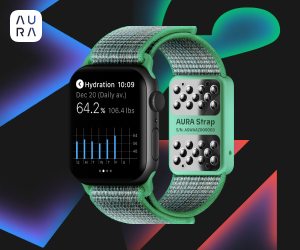SEO (Search Engines Optimization) or web positioning is one of the main tools in the hands of any type of company that wants to obtain benefits from its presence on the Internet.
One of the main objectives as a marketing company is that clients understand all the activities that are carried out, so that it can be assessed whether or not the company's commitments are being met. SEO is the acronym for Search Engine Optimization, search engine optimization. Through the actions of the positioning actions, what is done is to improve the content that a company shares on the Internet, either through a blog or its website, so that this content is considered quality based on the variable parameters that govern search engines like Google.
In this way, the higher the quality of the content and the greater the adaptation of the content to the parameters established from the search engines, the closer the web or blog will be to the first positions in the results of that search engine when someone searches for the words. that a given company has positioned.
However, it must be borne in mind that there are certain contents that are complex to position when a company is created, either because of the subject matter of the entity in question (which is not usually searched for much) or because of the type of computer resources used in its website or blog.
SEO for images
Adding images, video or any other type of multimedia object helps to improve the appearance of our post.
When adding an image it is important to optimize it following three key points:
Rename the file to a new one that contains a keyword referencing the content of the image
Once the image is uploaded, the "title" field must be completed again with a keyword, and "alternative text" with the title keyword accompanied by a brief description or with a new keyword.
It is important with this type of files, take into account their size, to avoid overloading the loading time of our site.
Optimizing the images that we use on our website is essential for its positioning. Some tips from an SEO point of view are the following:
Name the images appropriately: it must be relevant and describe the image and include the keyword that we want to position. For example, if it is an image about a remarketing course, the img should be named as: course-remarketing.jpg and avoid naming it "img1.jpg".
Image format: The best and preferred formats for Google are jpg, png and gif.
Image size: a heavy image will influence the loading time of the site, damaging the user experience, and consequently, the web positioning.
Include the Alternative Text: the ALT of the images is essential.
Since Google cannot identify the content of an image, it is essential to include this tag so that it can understand the content of the image. In addition to including the keyword, it should be as descriptive as possible.
Image title: the "TITLE" tag is the text that is displayed when placing the mouse cursor over the image and it should be as descriptive as possible, since if the image is not loaded the user will know what it is about.
The "Longdesc" attribute: helps us to include longer descriptions for those images that require it as an outline, for example.
Relationship with the text: obviously the image must be directly related to the accompanying text.
Linkbuilding: the more links point to our images, the higher the positioning we will get.
Image Sitemap:
A key aspect of image optimization is indexing. The images have to be in the search engine index to appear in the search, but if the search engine does not find the image files it will be more difficult to register them.
There is a way to increase the chances of images being indexed and that is by producing a specific sitemap for images. This file has the URL of each image but it can also include the title, license and caption.













Comments
Post a Comment